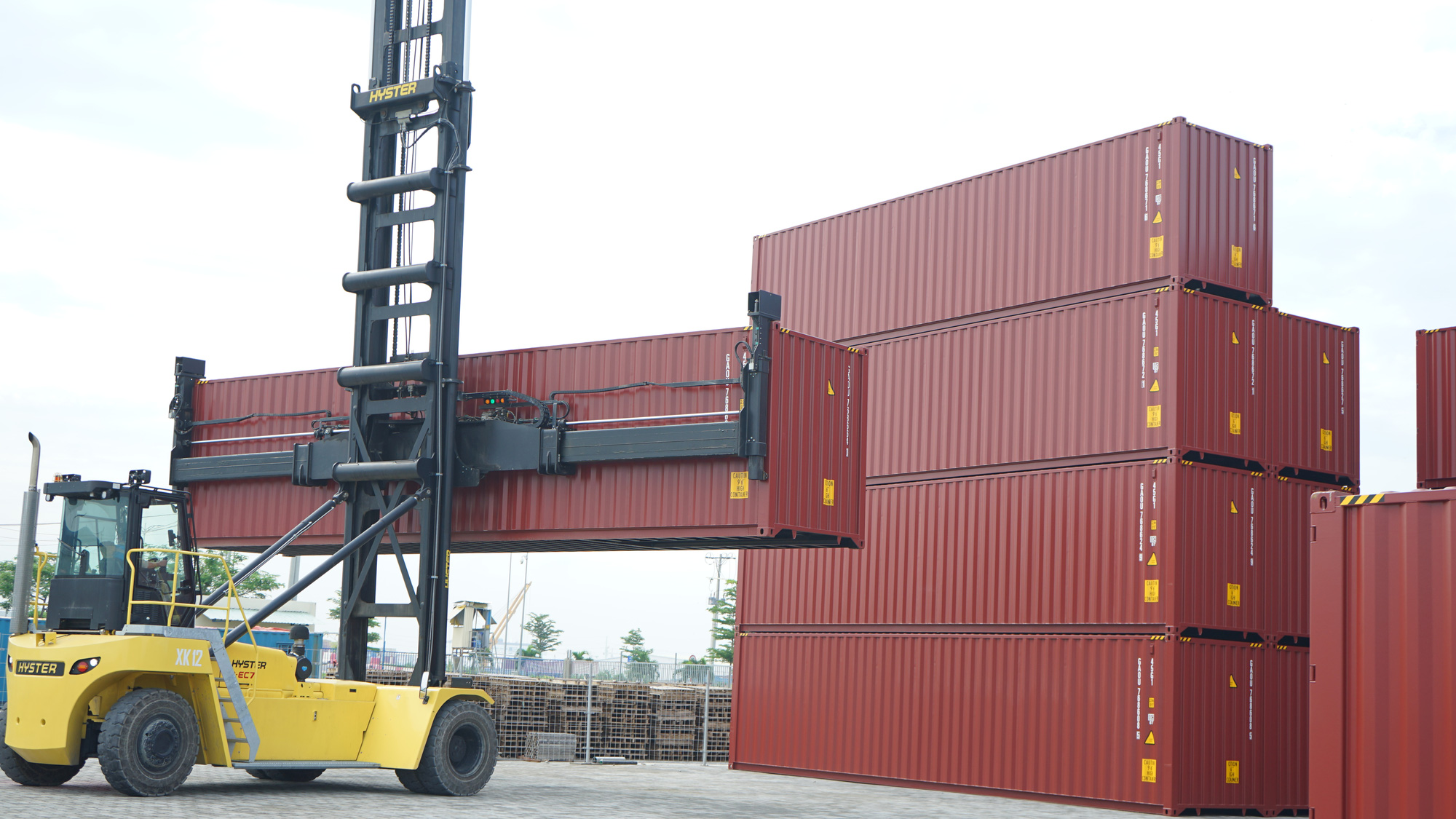
Vietnam is gradually producing containers, attracting many global container rental businesses to place orders - Photo: AN
Increasing the supply of container shells
Container shipping rates by sea on all routes have skyrocketed, causing many export businesses to suffer. In particular, rates on routes to the US have increased by 250% compared to March 2024, from 2,950 USD to 7,350 USD/40-foot container.
One of the reasons for the sharp increase in shipping rates is the shortage of empty containers. Analysts are concerned that this market will face a cycle of increasing container rates like what happened in 2021 - 2022.
According to reports from shipping lines at a meeting with the Vietnam Maritime Administration, the Chinese market is urgently collecting a large number of empty containers to serve a large export of goods to the US before August 1.
This causes shipping lines to shift empty containers to serve the Chinese market, which could affect the balance of empty container supply in other countries, including Vietnam.
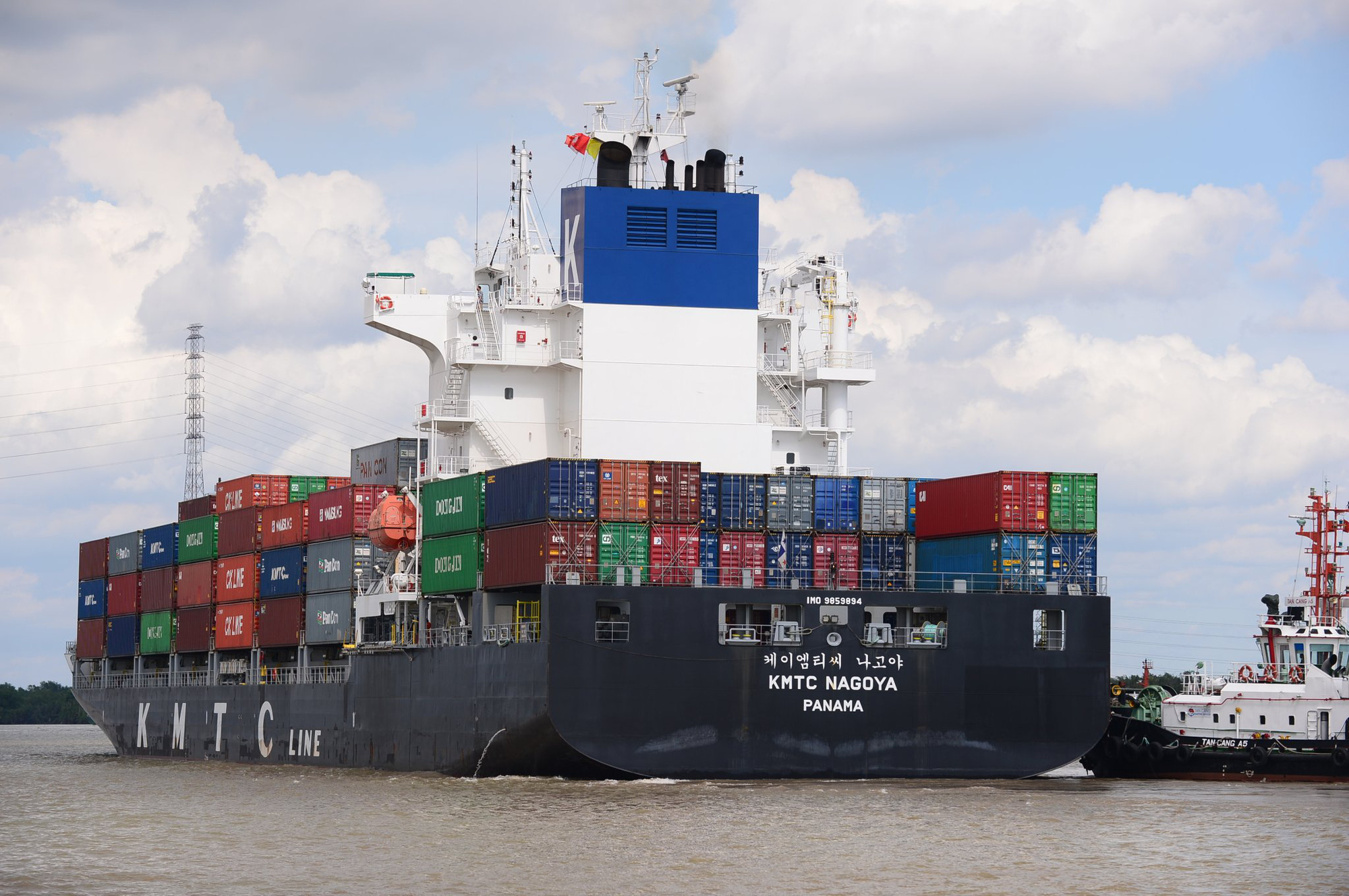
Scarcity of empty containers combined with continuously increasing shipping costs are causing difficulties for many Vietnamese export enterprises - Photo: QUANG DINH
Meanwhile, a global container rental company has increased its supply by accepting orders made in Vietnam, in order to help ease the "thirst" for empty containers.
This is the information given by Mr. Vu Duc Sinh, Director of Hoa Phat Container Manufacturing Joint Stock Company, when he just handed over 500 containers in early July. These are 40 HC containers to SeaCube Container Leasing Company and this shipment is completely new.
SeaCube is one of the world's leading companies in container leasing and logistics solutions.
The demand for containers is huge both in Vietnam and globally.
Mr. Jorge P. Dias - Executive Vice President and Procurement of SeaCube - acknowledged that the demand for containers is very large. "After this order, SeaCube will be able to place larger orders with Hoa Phat in the near future," said Mr. Jorge P. Dias.
In fact, the empty container market is currently vibrant but largely depends on foreign enterprises, with few Vietnamese enterprises producing. Shipping lines and container leasing companies not only own ships but also provide containers for customers to pack goods such as Maersk, MSC, COSCO, Triton, CAI, Florens, Seaco, SeaCube, Beacon... Their number of containers is not small, accounting for 40% to 50% of the entire market.
In Vietnam, Vinafco, Ratraco... operating logistics services, road and rail transport also have their own containers, but the quantity is very small and usually to diversify services.
Although it has great potential, not every business can produce container shells. There are Vietnamese businesses that participated in production but then had to stop operations.
In 2007, the Vinashin - TGC container factory, a joint venture between the Vietnam Shipbuilding Industry Group (Vinashin) and Toong Goen Enterprise - Taiwan, was inaugurated in Hai Duong . The factory had an investment capital of 30 million USD, with a phase 1 capacity of 45,000 TEUs, 20-foot containers/year. However, the factory later stopped operating due to the leadership's legal problems.
Billionaire Tran Dinh Long's Hoa Phat entered the container manufacturing market in 2021, with the advantage of steel raw materials - a factor that accounts for up to 60% of production costs.
However, this company still has to solve the problem of output and pressure from China - a market that accounts for 90% of the container market share worldwide.
The container manufacturing plant is located in Ba Ria - Vung Tau province, with a total capacity of 500,000 TEU/year, focusing on 20-foot and 40-foot general cargo containers. Phase 1 with a capacity of 200,000 TEU/year has been completed and put into operation.
With this capacity, Hoa Phat is the largest ISO container equipment manufacturer in Vietnam as well as in Southeast Asia.
In fact, according to logistics experts, self-sufficiency in empty containers is a long-term story for Vietnam to gradually become self-sufficient in supply, and not let goods lose competitiveness due to increased container prices.
Source: https://tuoitre.vn/doanh-nghiep-nuoc-ngoai-tang-mua-vo-container-viet-nam-202407070846163.htm


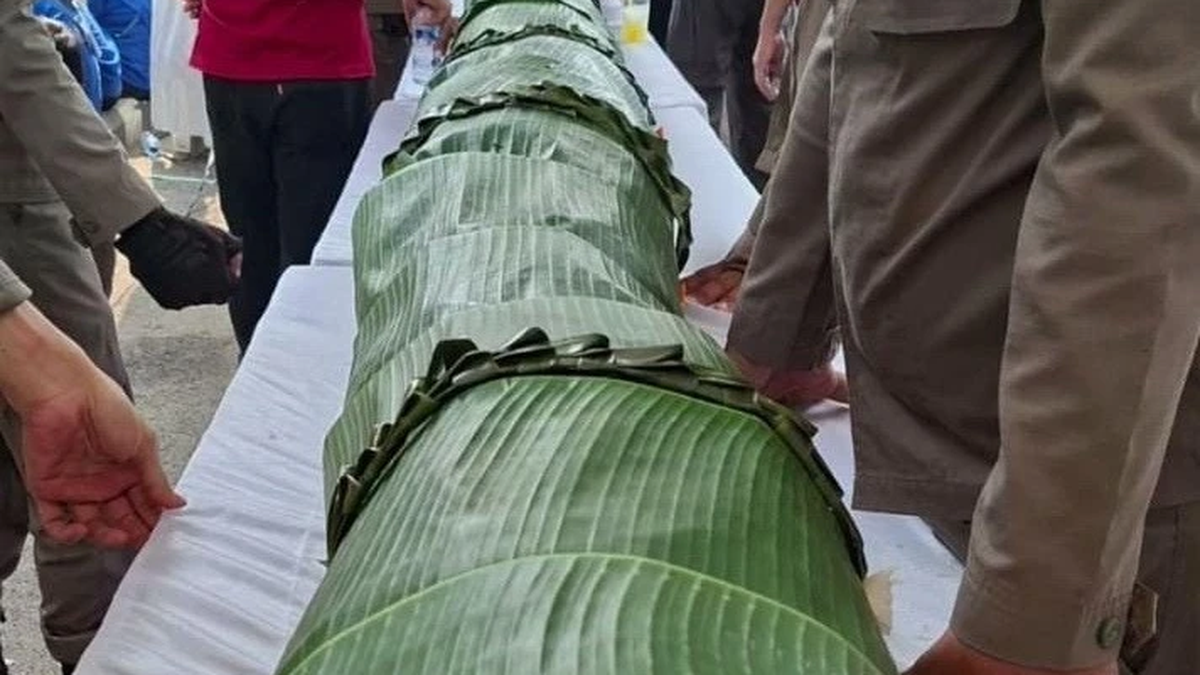








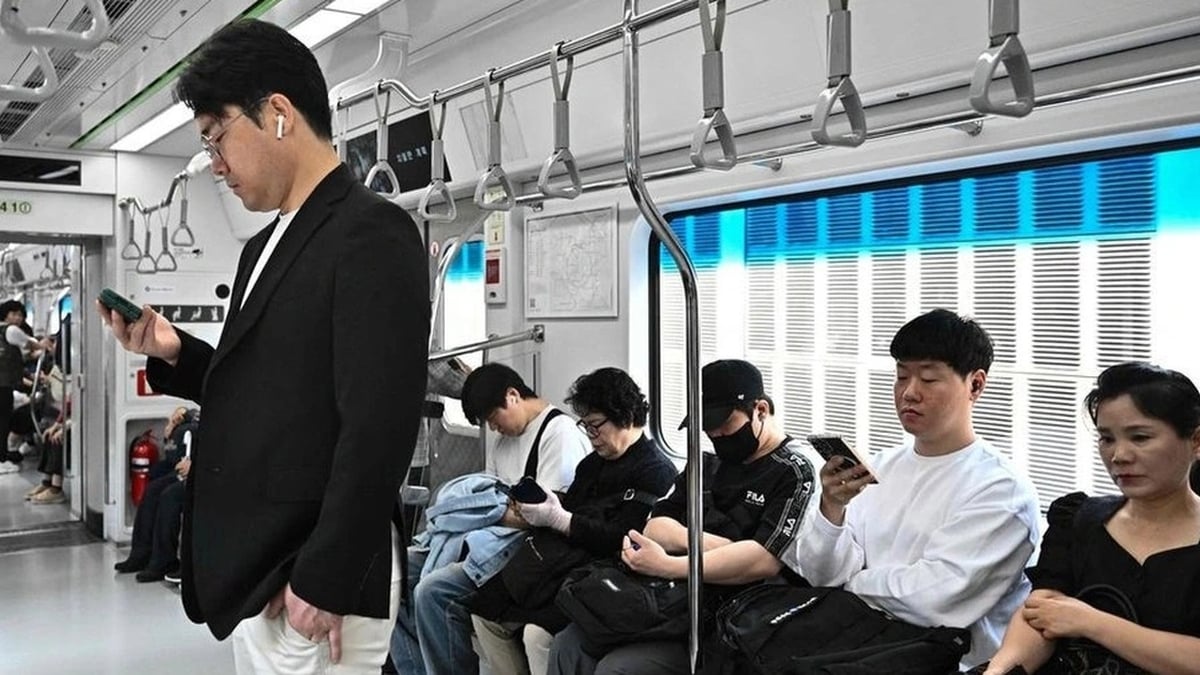










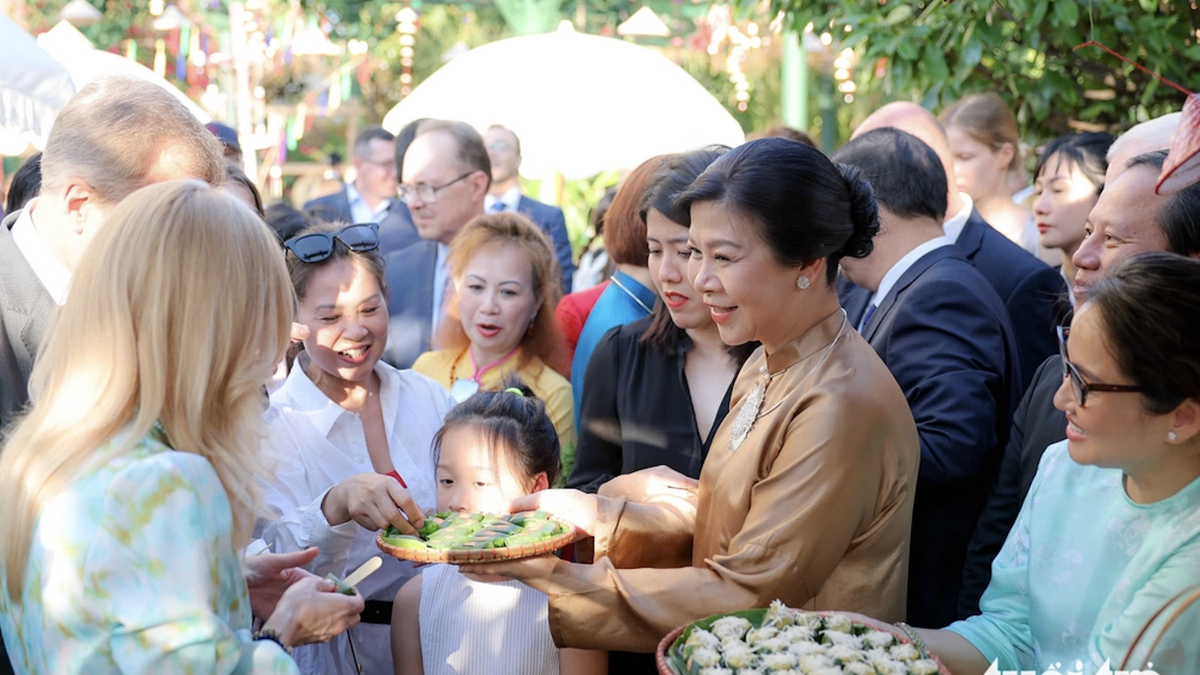


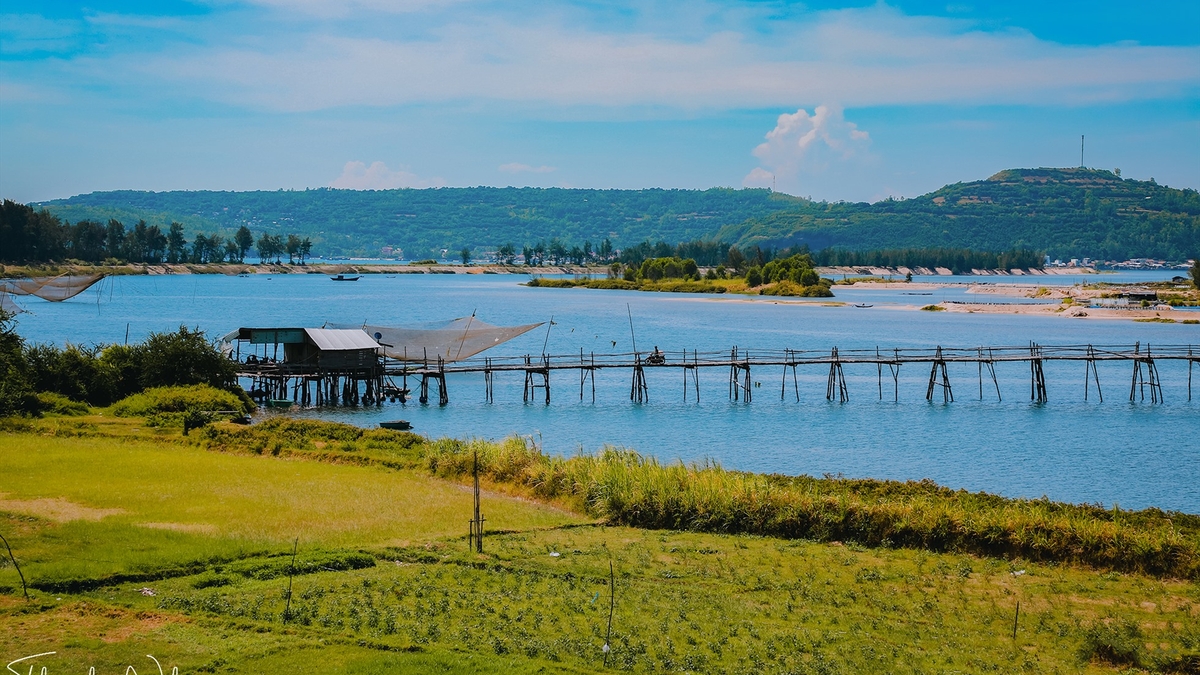



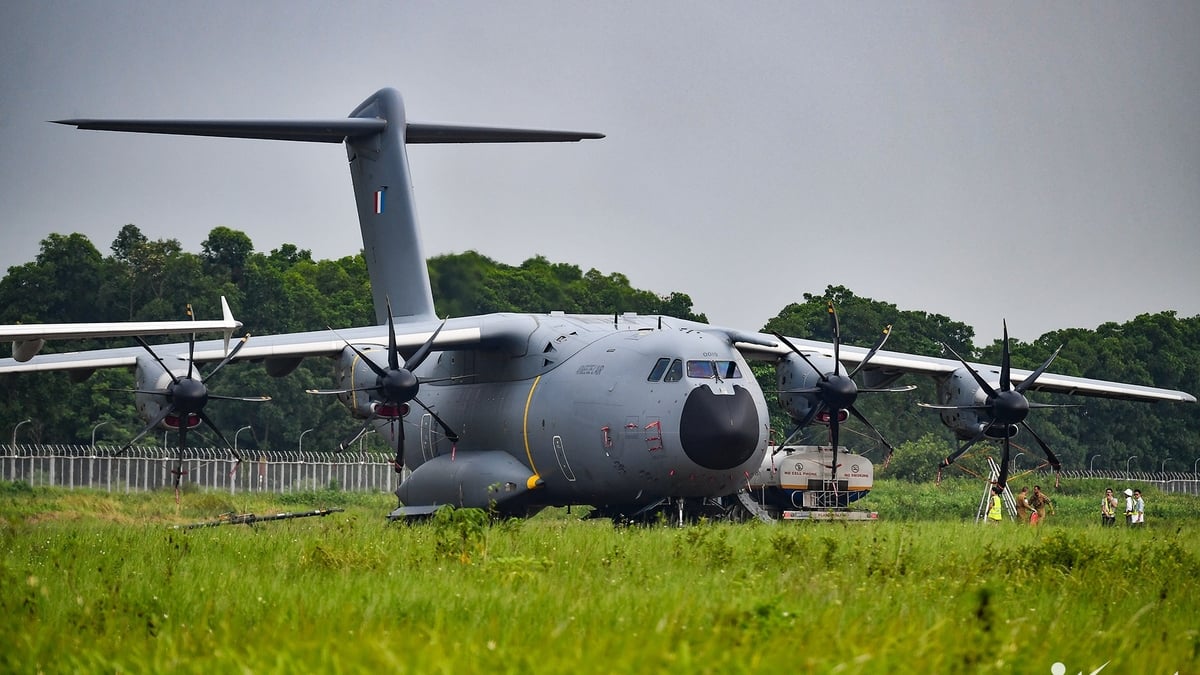













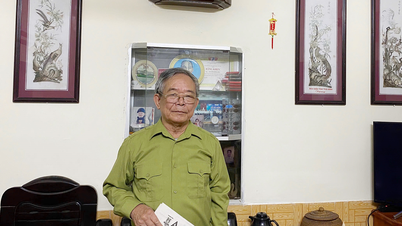

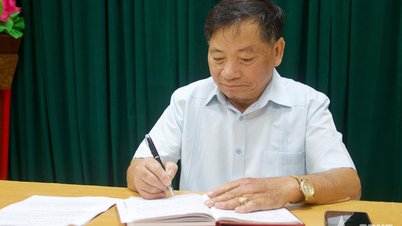


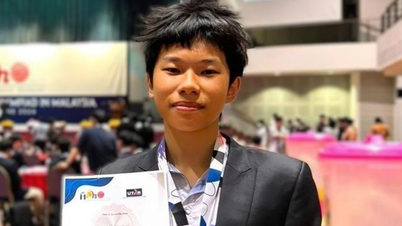

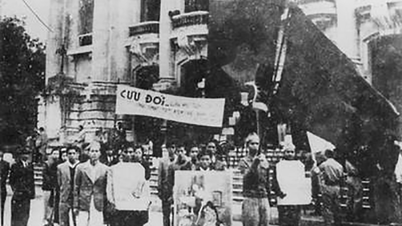




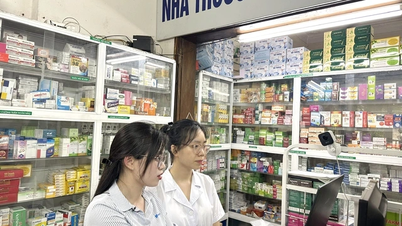

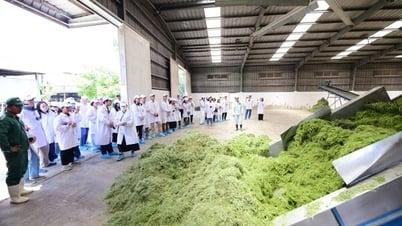



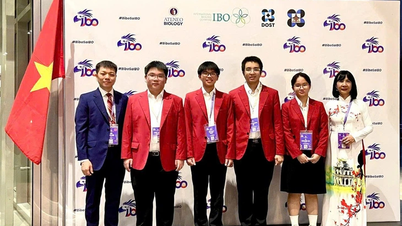


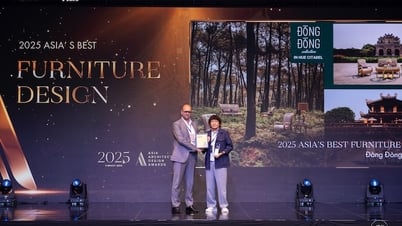






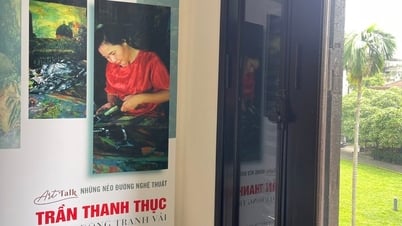















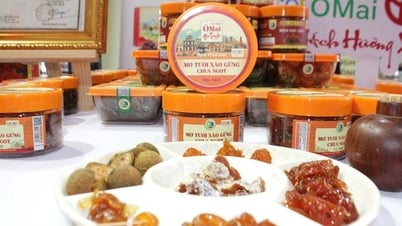



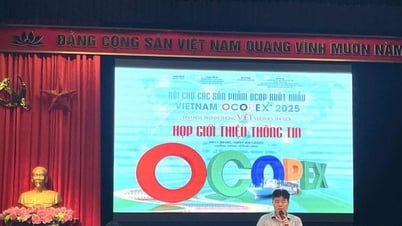






Comment (0)